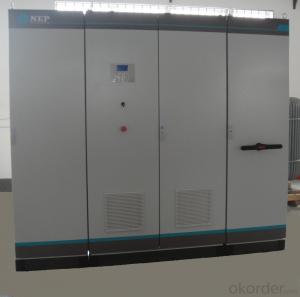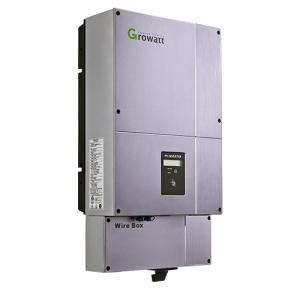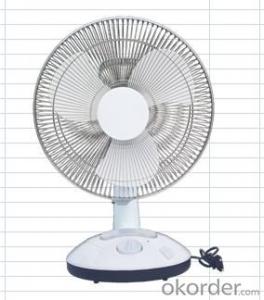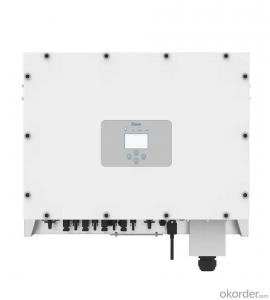Largest Solar Inverter
Largest Solar Inverter Related Searches
Biggest Solar Inverter World Best Solar Inverter Best Solar Inverter Top Solar Inverter Best Inverter Solar Best Solar Power Inverter Solar Best Inverter The Best Solar Inverter Best Solar Battery Inverter Large Solar Inverter Most Reliable Solar Inverter Solar Inverter Best Max Solar Inverter Latest Solar Inverter Best Inverter For Solar System Best Inverter For Solar Best Inverter Solar System Big Solar Inverter Best Solar Inverter Generator Which Solar Inverter Is Best Best Solar Panel Inverter Best Solar Hybrid Inverter Max Power Solar Inverter Best Solar Inverter For Home Best Solar Pump Inverter Best Solar Inverter Charger Best Solar Inverter Brands Best Home Solar Inverter Solar Inverter Size Top Solar Inverter BrandsLargest Solar Inverter Supplier & Manufacturer from China
Largest Solar Inverter encompasses a wide range of high-quality solar inverters that are designed to convert solar energy into usable electrical power. These inverters are essential components in solar power systems, ensuring efficient energy conversion and optimal performance. They are available in various sizes and capacities, catering to different residential, commercial, and industrial needs.The Largest Solar Inverter products are widely used in various applications and scenarios, such as residential rooftop installations, large-scale solar farms, and off-grid power systems. They play a crucial role in harnessing the power of the sun and providing a reliable source of clean, renewable energy. These inverters are designed to withstand harsh environmental conditions and deliver consistent performance over time, making them a popular choice for both new installations and retrofit projects.
Okorder.com is a leading wholesale supplier of Largest Solar Inverter products, boasting a vast inventory of high-quality inverters from reputable manufacturers. With a commitment to customer satisfaction and a focus on providing competitive prices, Okorder.com is the go-to destination for those seeking reliable and efficient solar inverters. Their extensive selection ensures that customers can find the perfect inverter to meet their specific energy needs and requirements.
Hot Products



















































